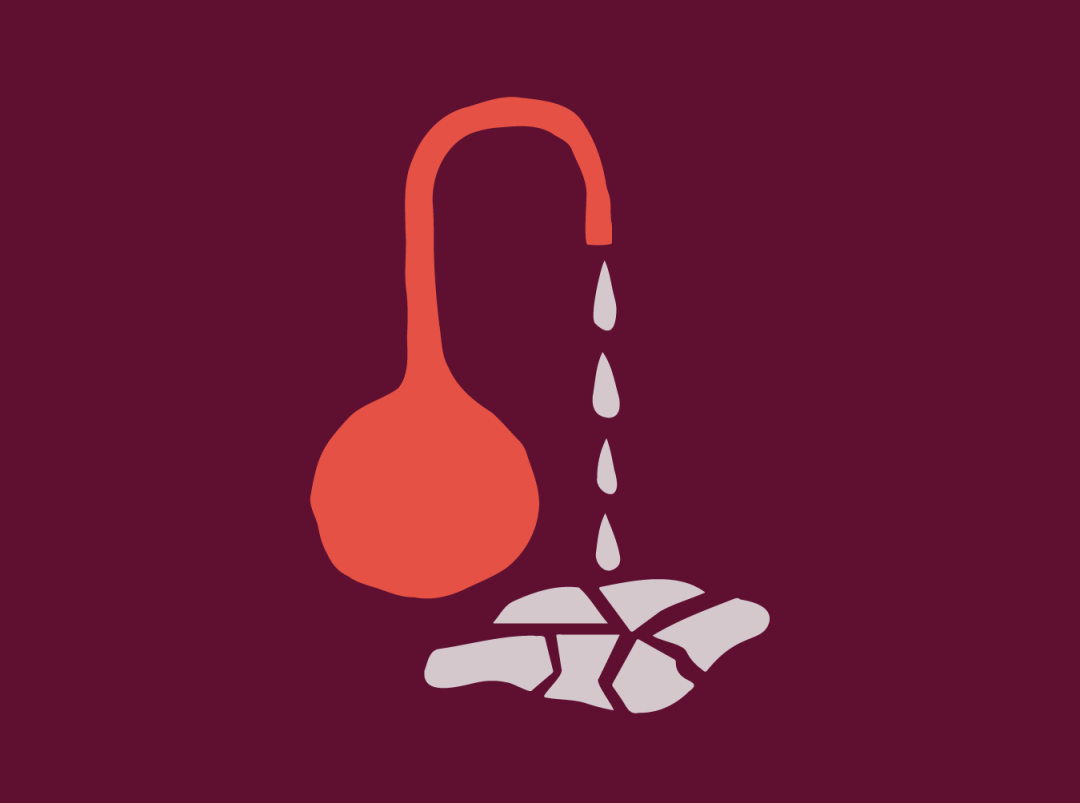#getbodywise
What Causes Period Cramps?
health
·5 min read

by Team Thinx | 10/19/2023
Let's chat about something that's a totally normal part of life – period cramps. We get it, they're far from enjoyable, but they're a common experience that so many of us share. We're here to unravel the mystery behind what causes these period cramps and explore how to handle them like a pro.
understanding period cramps
In order to understand the discomfort that many people feel before and during their menstrual periods, getting a grasp of this information requires an understanding of their underlying origins and mechanisms.
physiology of menstrual cramps:
Period cramps are mostly caused by the complex interactions between hormones, particularly prostaglandins. These hormone-like compounds are crucial for a variety of bodily functions and are especially important during menstruation. The uterine lining dissolves as prostaglandin levels rise, indicating contraction of the uterine muscles. These contractions help the uterine lining to shed, but they can also cause the typical cramping pain during your menstrual cycle.
hormonal dynamics:
The hormonal dynamics within the menstrual cycle are equally pivotal in shaping the experience of period cramps. The rise and fall of estrogen and progesterone orchestrate the cycle's different phases. The follicular phase, initially dominated by estrogen, prompts the thickening of the uterine lining. The subsequent surge of progesterone maintains this lining, creating an environment suitable for potential pregnancy. If conception does not occur, the decline of these hormones triggers the shedding of the uterine lining, ushering in menstruation and the accompanying cramps.
inflammation and sensation:
An important component of period cramps is inflammation, which acts as a link between pain and hormone changes. Production of prostaglandins not only causes muscle spasms but also promotes regional inflammation. The inflammation, which makes the contractions stronger, is ultimately what causes the painful menstrual cramps you may feel. Muscular contractions, hormones, and inflammation interact in a complex way during periods, creating cramps that can be difficult to understand.
People can better manage their menstrual cycles when they have a complete awareness of the physiological causes of period pain.
3 menstrual cramps triggers
prostaglandin release
Prostaglandins, those multitasking compounds, play a pivotal role in the initiation of period pain. As your uterine lining breaks down, prostaglandins are released into the fray. These compounds are like the conductor of a pain symphony, orchestrating contractions and inflammation simultaneously. They're essential, but sometimes they overdo it, leading to those painful menstrual cramps.
2. ovulatory pain
Remember that ovulation phase we mentioned? Well, here's a twist – some people experience cramping with no period during ovulation too. Ovulatory pain can feel similar to period cramps but typically occurs midway through your cycle.
3. underlying conditions
Sometimes, period cramps are more than just the result of prostaglandins and hormonal changes. Endometriosis, for instance, is a condition where tissue similar to the uterine lining grows outside the uterus. This tissue reacts to hormonal changes just like your uterine lining does, leading to intensified cramps.
lifestyle tips to ease the ache
1. healthy lifestyle habits:
While cramps might seem inevitable, you have the power to influence their intensity. Maintaining a healthy lifestyle can help with pain relief. Staying hydrated, eating a balanced diet, and getting regular exercise can potentially minimize period cramps.
2. dietary choices:
Believe it or not, your dietary choices can influence the ebb and flow of cramps. Certain foods can exacerbate inflammation, making those periods feel more intense. Opting for an anti-inflammatory diet while on your period that is rich in fruits, vegetables, whole grains, and lean proteins might also help with pain relief.
3. physical activity:
Exercise, even when the last thing you feel like doing, can be your ally in the battle against cramps. Physical activity releases endorphins – those magical chemicals that boost your mood and alleviate period pain. Whether it's a brisk walk, gentle yoga, or a dance session in your living room, working out on your period and moving your body can be surprisingly effective.
4. heat therapy:
Let's talk about a cozy remedy – heat therapy. Applying heat to your lower abdomen can help relax your uterine muscles. It's like giving your muscles a warm hug to relieve tension. Grab a heating pad, enjoy a warm bath, or even use a hot water bottle. If you are experiencing cramps, your muscles will thank you.
when to consult a healthcare professional
While the majority of menstrual cramps are a normal aspect of a young adult’s reproductive journey, there are instances where seeking guidance from a healthcare professional is recommended. Recognizing the red flags of severe pain and understanding when to reach out for expert assistance can ensure that underlying concerns are addressed promptly and effectively.
unusual intensity or duration
Should the intensity of your period cramps become markedly severe or the duration exceptionally prolonged, we recommend that you seek medical consultation. While discomfort is expected, extreme pain that interferes with daily activities could indicate an underlying issue that necessitates professional evaluation.
interference with daily life
If the intensity of period cramps begins to impact your quality of life and hinder your ability to engage in routine activities, it's an indication that further assessment is needed. Healthcare professionals can offer insight into management techniques and various therapies to lessen the discomfort brought on by severe cramps.
Accompanying Symptoms
Period cramps are often accompanied by other symptoms such as bloating, fatigue, and mood swings. However, if additional symptoms such as heavy bleeding, unusual discharge, or sharp pelvic pain arise, it's time to consult a healthcare professional.
Everyone’s body is unique, and what constitutes "normal" cramping varies from individual to individual. Consulting a healthcare professional provides an opportunity to receive personalized guidance and insights that are aligned with your specific health profile.
empowering you against your period cramps
As we come to a close on this exploration of the world of period cramps, keep in mind that information is power. Understanding what causes period cramps and implementing measures to alleviate the pain can make a huge impact. You now have the knowledge to face your period cramps, from maintaining a healthy lifestyle and diet to seeking medical help.
At Thinx, we strive to provide our readers with the most up-to-date, objective, and research-based information. Our content is crafted by experienced contributors who ground their work in research and data. Articles contain trusted third-party sources that are either directly linked within the text or listed at the bottom to lead readers to the original source.
Sources:
The Mayo Clinic. Menstrual Cramps: Symptoms & Causes. www.mayoclinic.org/diseases-conditions/menstrual-cramps/symptoms-causes/syc-20374938.
Dr. Brighten. How Prostaglandins Cause Painful Periods: What to Do About It. https://drbrighten.com/how-prostaglandins-cause-painful-periods-what-to-do-about-it/
Everyday Health. Reasons Your Period Might Be Painful. www.everydayhealth.com/pictures/reasons-your-period-might-painful/
by Team Thinx


